In the cool of early morning, the stall holders at Mytholmroyd’s small Saturday market are setting up in the shadow of St Michael’s Church. A hand drawn map displayed on the wall nearby details the shops that used to serve this village half a century ago, well over 60 of them, grocers and garages, tailors and bakers, drapers, cobblers, confectioners, barbers and the rest, plus a plethora of banks, doctors surgeries, pubs and two police houses. A selection of these things are still to be found, of course, but most have gone, including the convivial-sounding ‘parliament’, a ‘shed with gas fire where old chaps met + played cards’. Fresh Farm Deliveries at the market have a fine selection of local produce layed out, reviving some of that self-sufficiency of old village life.
The fallen petals of the magnificent horse chestnut that guards the entrance to the graveyard drift across the cobbles of Church Street, its nascent spiky fruits already forming. Two friends sit and chat on a bench at the base of the tower, their conversation, as well as the squawks of the jackdaws nesting within the belfry, temporarily drowned out by nine clear chimes.
High above the church, pink purslane borders Hall Bank Lane as it snakes up beside Scout Rock, new drainage infrastructure indicating that it has caused problems funnelling water down into the village. On the other side of its ragged avenue of trees, Hollin Hey Bank is a scrubby paradise of hawthorn, holly, bramble and dog rose, the latter still sporting shrivelled hips from last year. The willow warbler song emanating from the dense thickets attests to the need for more of this halfway house habitat in a landscape that is largely either managed grassland or unmanaged woodland. Similarly, uphill in a wedge of land formed by the gradual meeting of Stannery End and Stake lanes, where spent bilberry flowers are plumping into matt green berries and elderflower buds are beginning to burst, the scratchy free jazz of the whitethroat is coming from a billowing birch. Occasionally, it launches into and fights against the breeze to stay stationary in the air while singing, before sliding down to a pine or a rowan. These edges and corners and awkward slices of land are precious redoubts for some species, and the kind of untidy habitat that thrives within them needs to be valued and incentivised in its own right.
But the current economics of upland farming necessitates efficiency and scale, and this is on display today too. Part of the substantial dairy herd of the Hitchens at Old Crib is grazing on the aftermath, or ‘fog’, in the already-cut-and-baled meadows that sit atop Scout Rock. What were six enclosures in the 19th century have now effectively been merged into one, with some walls having vanished entirely and others so tumbled they no longer form a barrier to the movement of the stock. The dried compacted muck on the tarmac of the Long Causeway testify to the herd’s twice-daily journey to the milking parlour. The Hitchens produce good milk with minimal external or artificial inputs, but while it is no ‘mega-dairy’, it is significantly larger than the small dairies of the past, with the original farmhouse now surrounded by modern barns, and to keep the herd grass-fed as much as possible through its winter inside, a large volume of silage is required. To this end, three tractors with gargantuan trailers thunder back and forth between the farm and the meadows on Long Edge Moor, where rows of grass cut yesterday are being hoovered up by a forage harvester and spewed into the trailers as they move at pace alongside. Even with three tractors to attend to it, though, the harvester is idle for short periods in between, its engine humming in readiness, but otherwise the brief pauses allow the usual peace of skylarks and curlews to resume. Rooks probe among the cropped sward and a lonely, loose wooden fingerpost swings in the wind, beckoning to the far horizons that fade into the white skies of the south.
But soon a tractor returns and the harvester springs back to life, both tracked from above by gulls for the brief minutes it takes to fill the trailer, the improbable weight of the fermenting, tangy-scented grass squashing the enormous wheels, which rumble along and shake the lanes that were designed for horse and cart. This frantic effort will go on through the summer as multiple cuts are taken off each of the scattered fields owned or leased by the farm, speed and efficiency essential in the fine margins of an industry pared to the bone by the demands of supermarkets, governments and consumers. If society wants it any other way – slower, smaller, able to afford to wait for curlews to fledge before mowing, to allow for greater plant diversity and a touch more nature around the edges at the expense of a little productivity, to allow farmers to work less than 80-hour weeks – it will have to support policies that make these changes possible, and it will have to pay for it.
Down the hillside and off the roaring tractor highway, below Steep Lane Baptist Chapel, which is welcoming its congregation and anyone else for coffee, scones and light lunches, the fields are much smaller. Steve’s farm, a haven for wildlife, has some of them, and among the trees above the exceptional Bethel Methodist Chapel with its Doric columns and conical towers, a much smaller tractor with a spinning haybob is turning the cut grass for greater drying time. Further down Boulder Clough, a pair of large red damselflies mate on a leaf beside the reservoir at Swamp Mill, where a father and daughter fish together.
Across the lazy, shadowed Calder and far above Luddenden Brook, the 10-mile conduit that brings the waters of the Widdop and Gorple reservoirs to Ramsden Wood Reservoir above Halifax completes its journey. Above the Cat i’th Well pub, where patrons sun themselves in the garden, it plunges to cross the Caty Well Brook. It is a much less dramatic roller coaster dive that it has already made into and out of Crimsworth Dean, and unlike there the pipe itself is actually visible beside the road bridge, but it makes the same use of the inverted syphon effect to rise again to its favoured contour at 840 feet. Two further shaft hatches mark its route through hillsides pungent with heath bedstraw and humming with honeybees among the wild raspberries, until it enters its second and final tunnel. At three-quarters-of-a-mile long it is considerably shorter than the Castle Carr Tunnel earlier in its route, but it has the same circular towers with grated windows which cap its two air shafts, one below Lower Reap Hirst and another beside Moor End Road out of Mount Tabor, to indicate its passage.
At its final shaft hatch, the red spider mites crawling on its baking black lid are treated to the faint trickling sound of the water drawn from the distant moors. It joins the laughter of children splashing in the brook at Jerusalem Farm; the chimes of an ice cream van somewhere in the deep winding lanes; and the polite clapping coupled with fervent cries of ‘Howzat!’ that emanate from Booth Cricket Club, where their first eleven are taking on Blackley.
Under Sentry Edge high on the valley side, the cattle herd are being brought into the barn at Oldfields Farm, responding to the Mallinson’s gentle encouragement from within the barn. At Dean House Farm, too, the Midgley’s 66-strong dairy herd are queuing patiently for their afternoon milking, entering the small parlour six at a time. Allan’s family have been here since 1902, and as a fourth-generation farmer he is wise enough to admit that there will always be some aspect of farming life to complain about, but his current concern is the lack of rain to get the grass growing after his first mow of the meadows. But the routines must go on, so in come the next six, and the next, until they are done…until the morning.
At sunset, a sound Allan’s grandfather would have known well but which is now rare echoes against the walls of Eastwood Road: the clop of horse hoof and the rumble of cart wheels, as a father and his children ascend the shoulder of Staups Moor in style. They leave behind them long shadows and the quiet of evening, the day’s warmth draining away with the waning sun. The dark ascends in the valley like floodwater, extinguishing the flares of hawthorns on Lodge Hill, submerging woods and farms until the disc of the sun slips behind the moors on the Yorkshire–Lancashire border.
But its setting is mirrored, only minutes later, by a magnificent rising, as the full moon looms over Stoodley Pike Monument. It is rose pink, not far off the colour suggested by its Algonquin name of the Strawberry Moon, so called for the ripening of that wild fruit in the tribe’s territory in June. Faint at first, peering through the brume on the horizon, its lustre grows as it climbs, ponderously, over the tip of the monument’s spire and on into the dimming grey.
The sunset sky to the north-west reddens, and against this furnace a speck of blown ash whirls as if in thermals of heated air: a snipe. It accelerates into dives only to surge back out of them and on up towards the white lantern of Venus. And as it plummets again, it issues the strangest sound of any British bird: a ‘70s modulated synthesiser with a liberal roll of the pitch bend dial, a dopplering electronic quiver made, astonishingly, not by its voice at all, but by the wind rushing through and vibrating its specially adapted tail feathers. This haunting sound is the essence of last light in the British uplands, drawing the night in from the east and the moon higher over the charcoal moorland horizons.
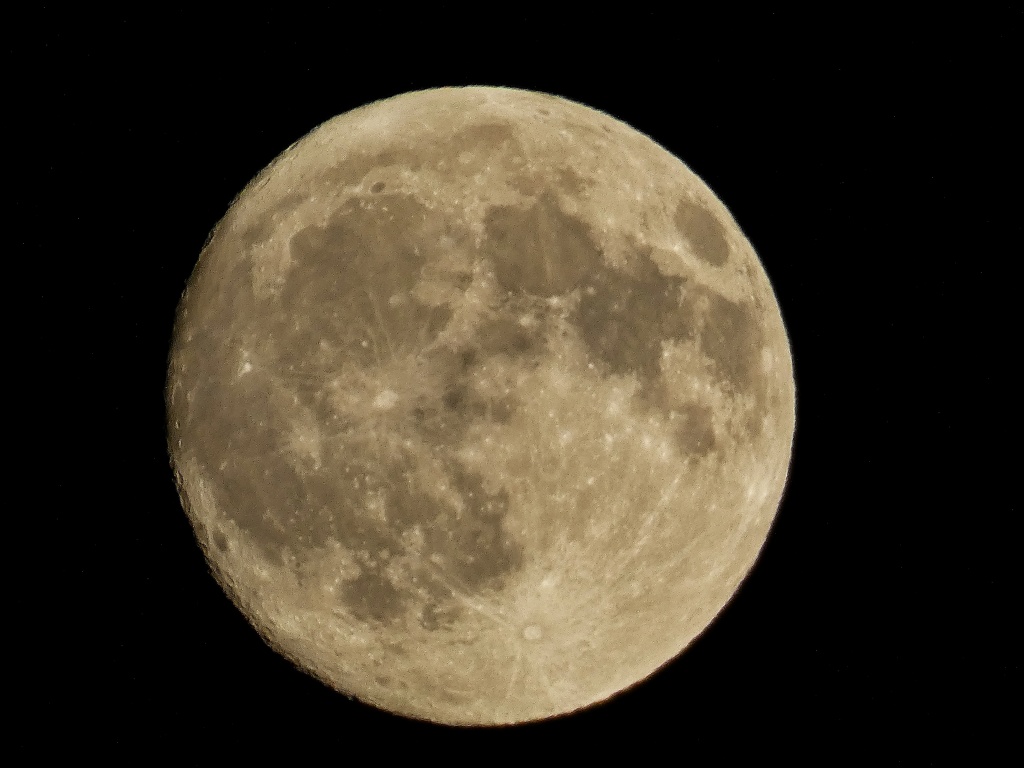
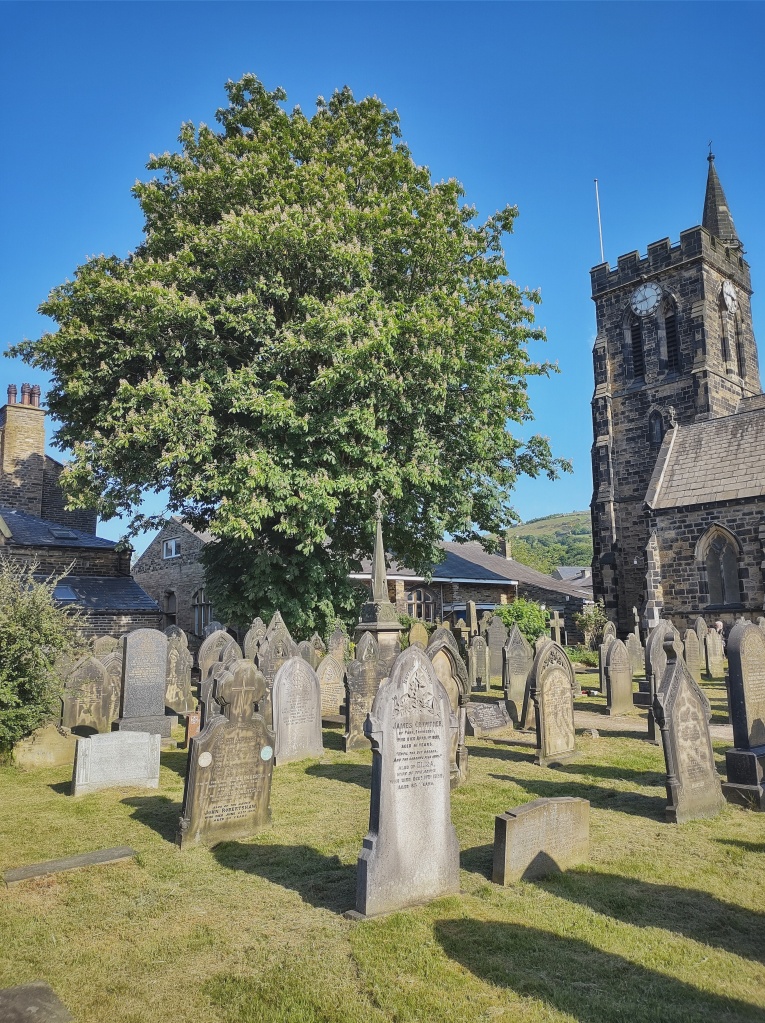
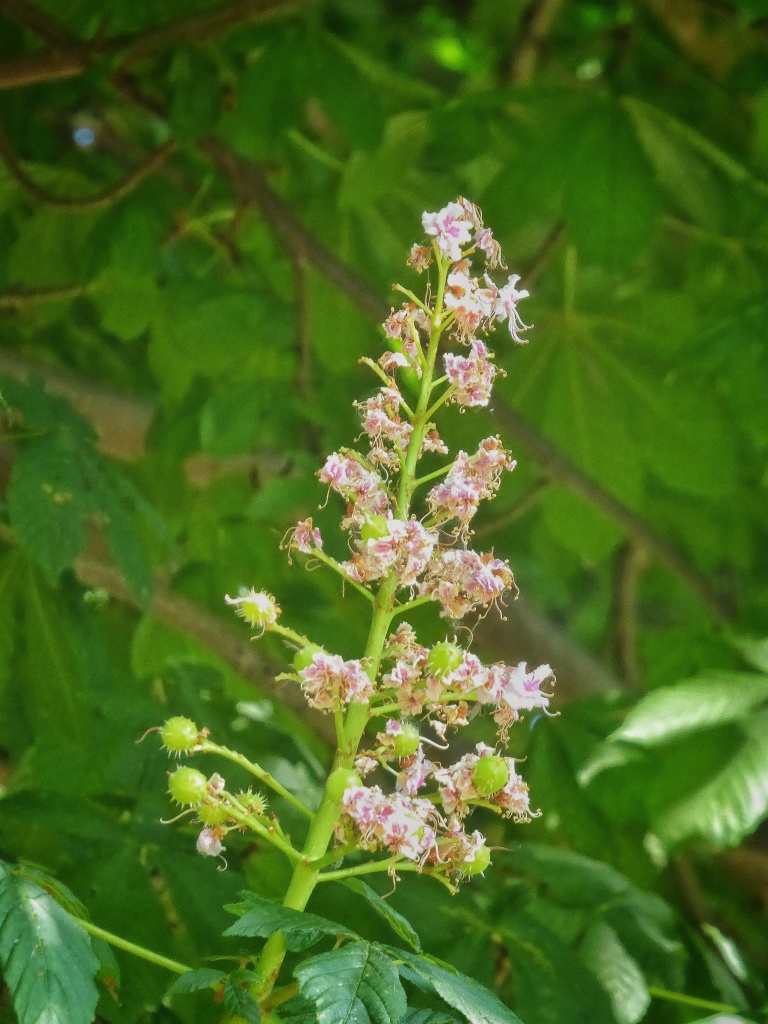
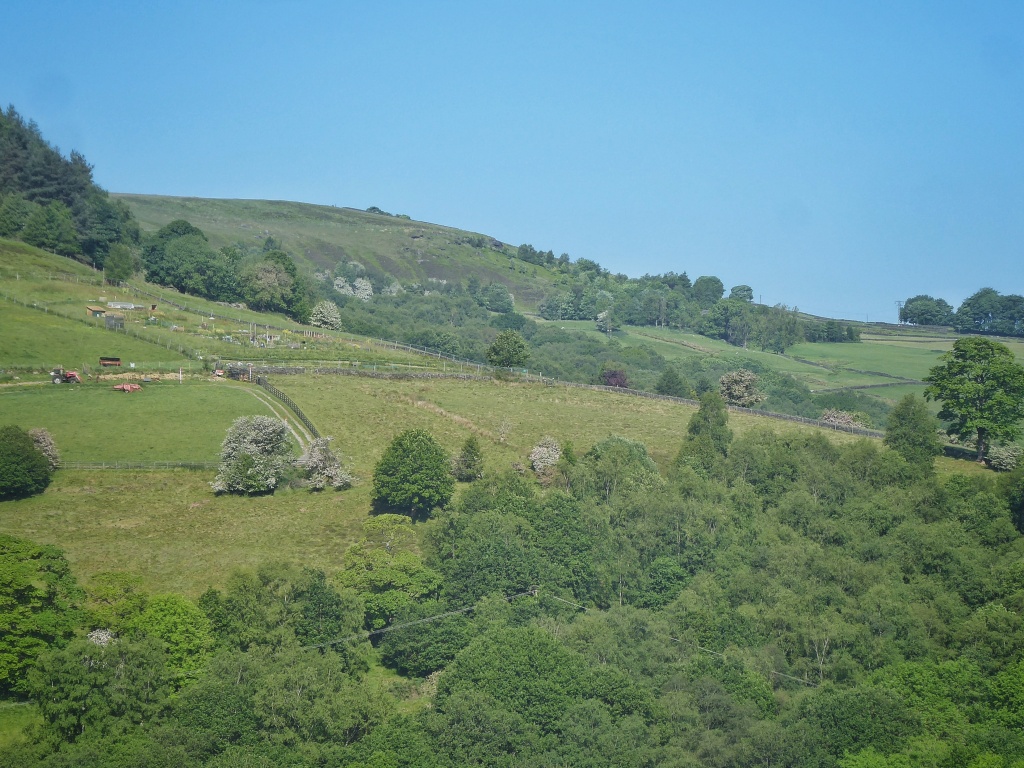
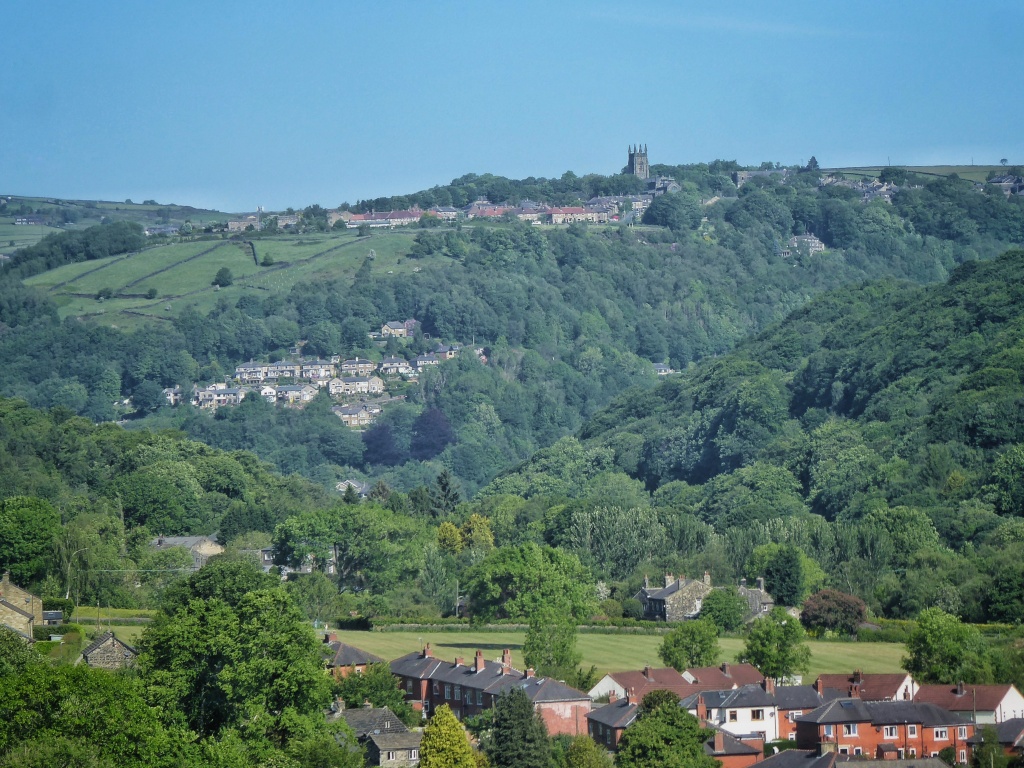

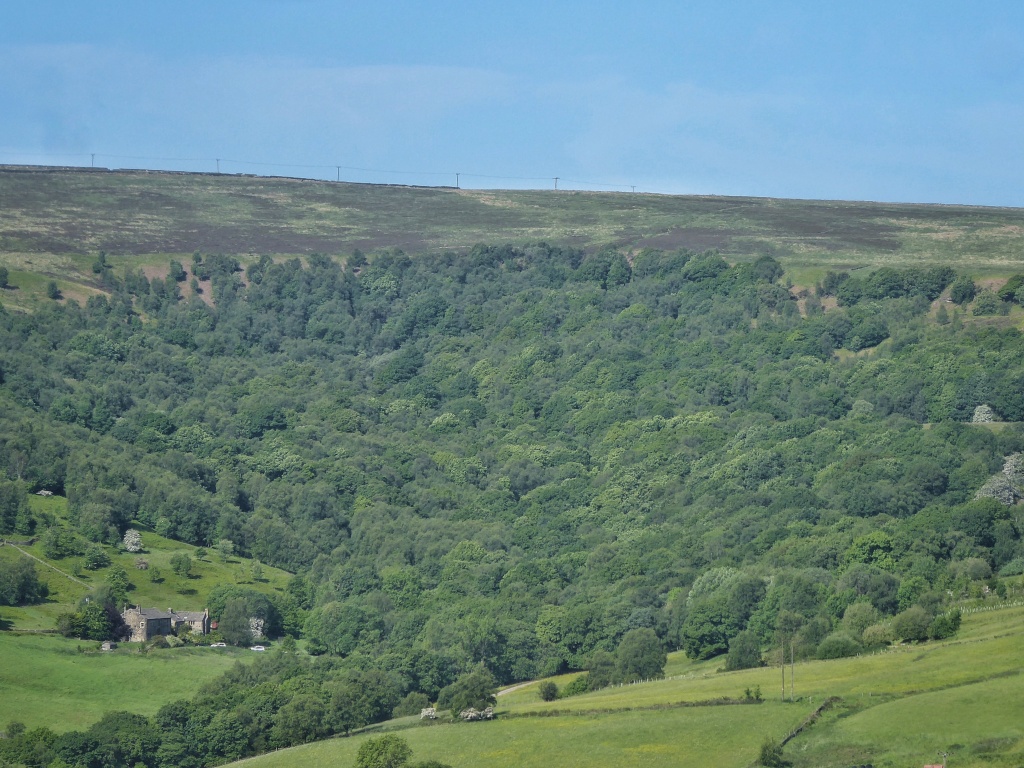
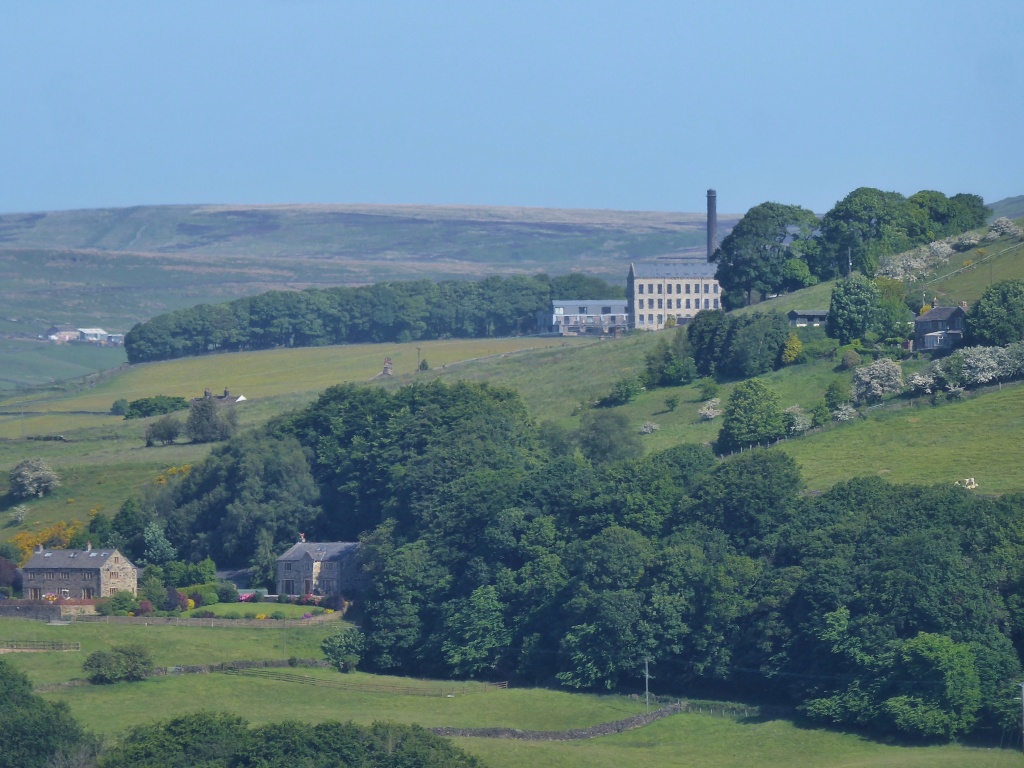
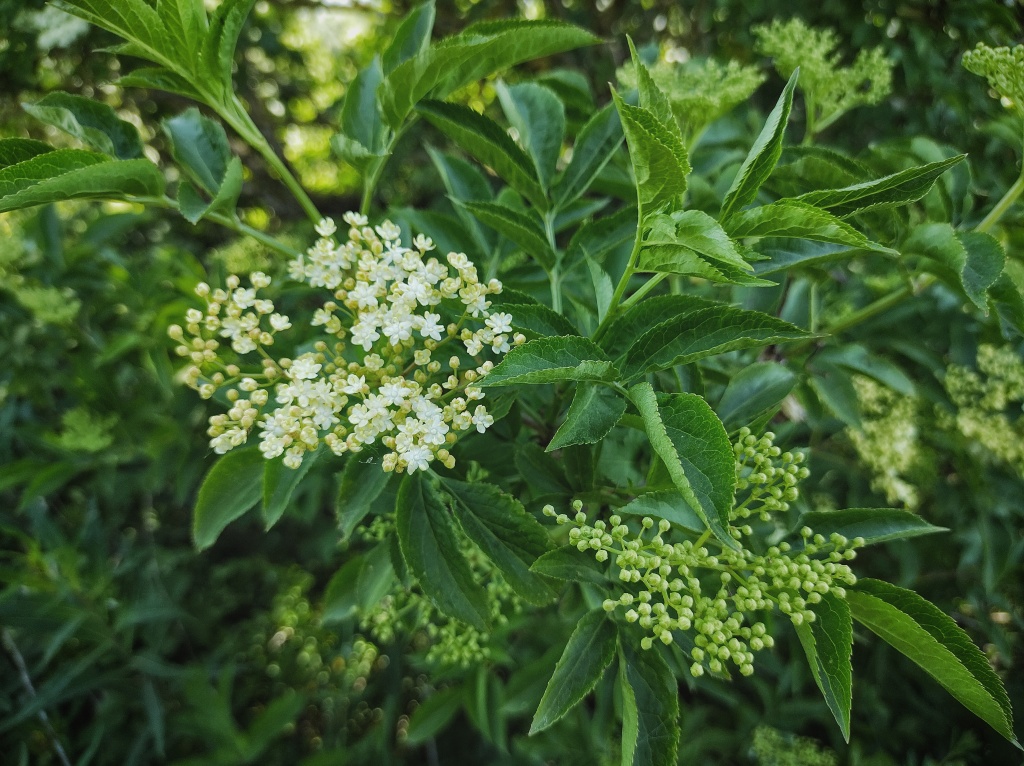
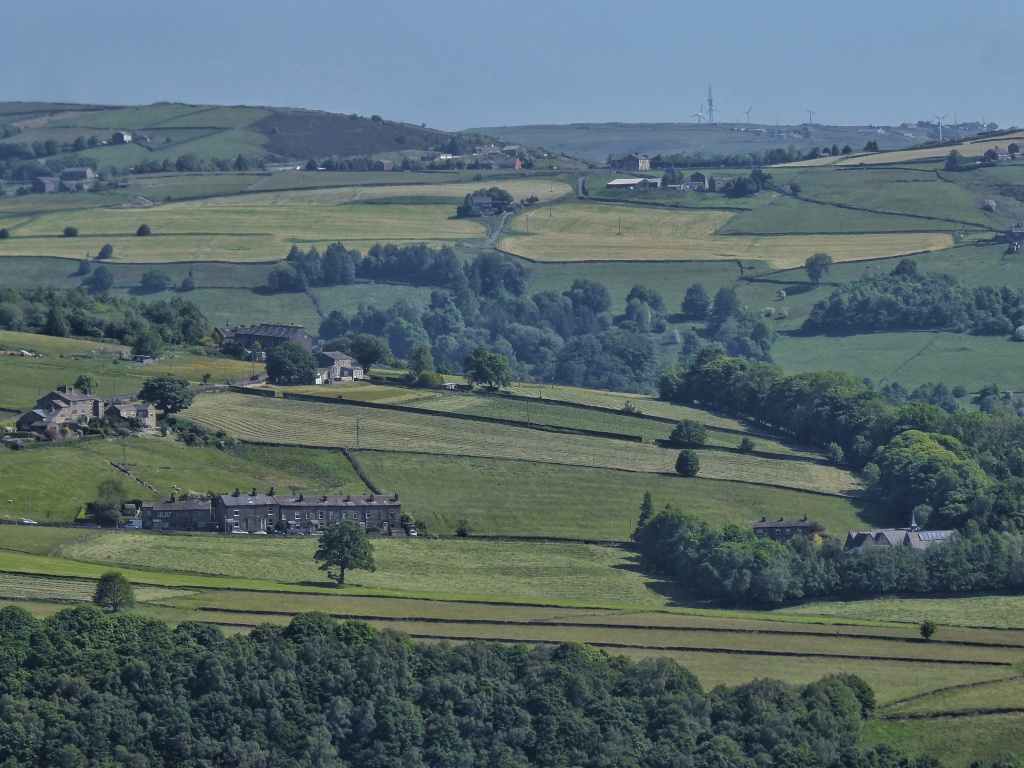
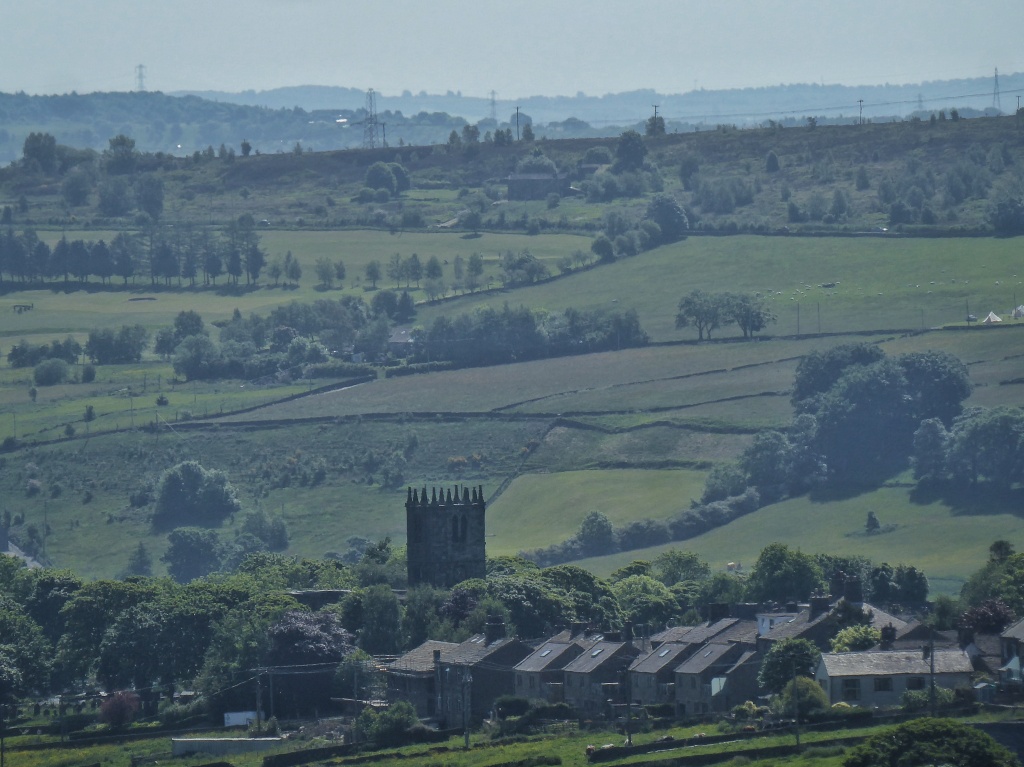
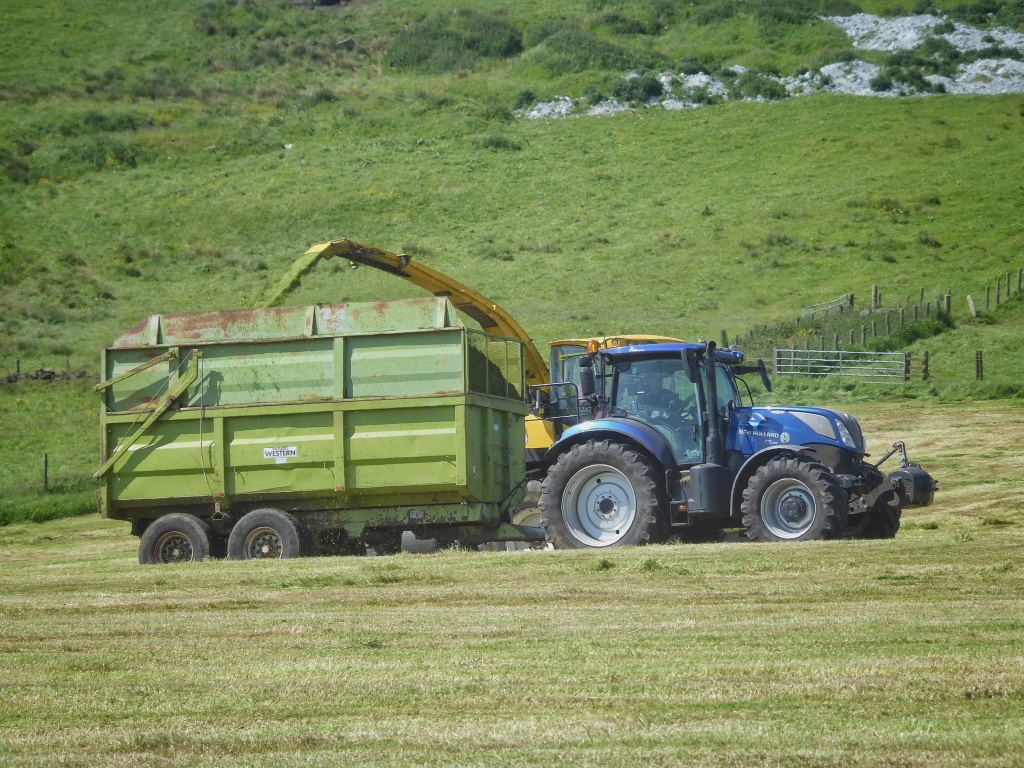
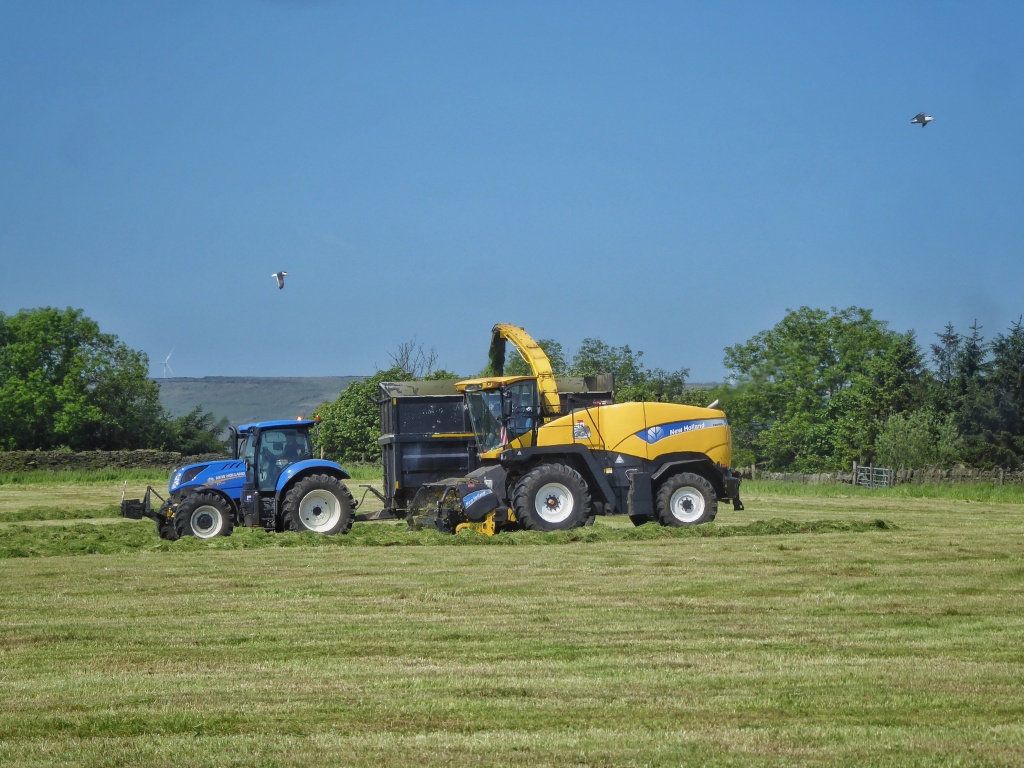

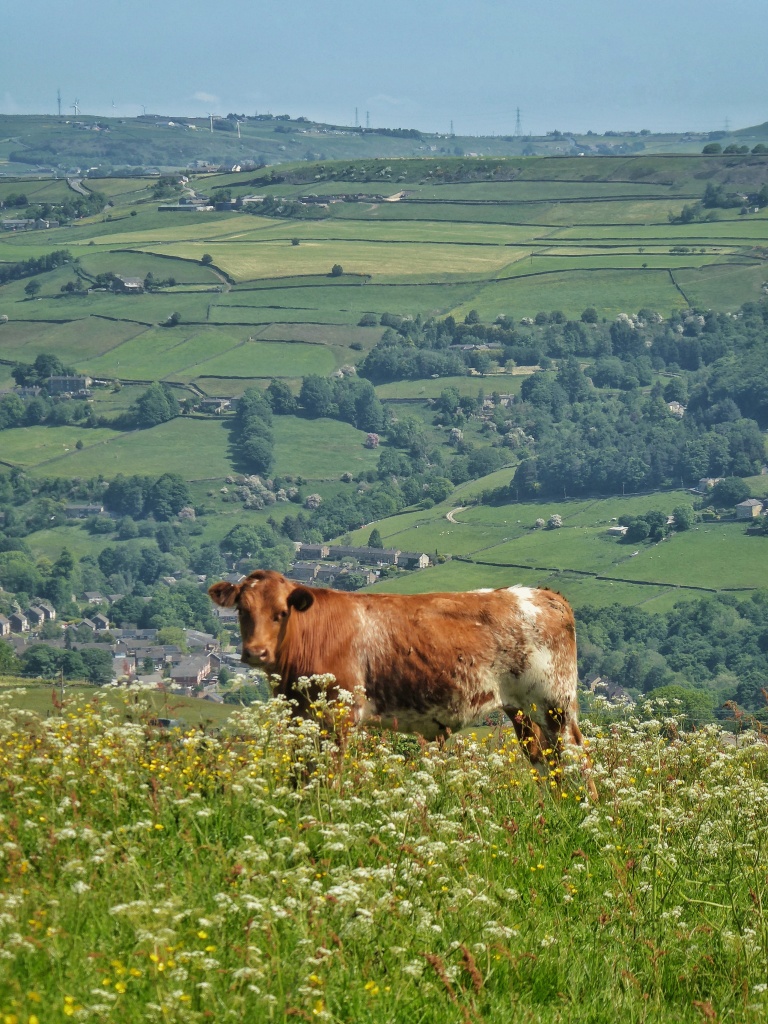

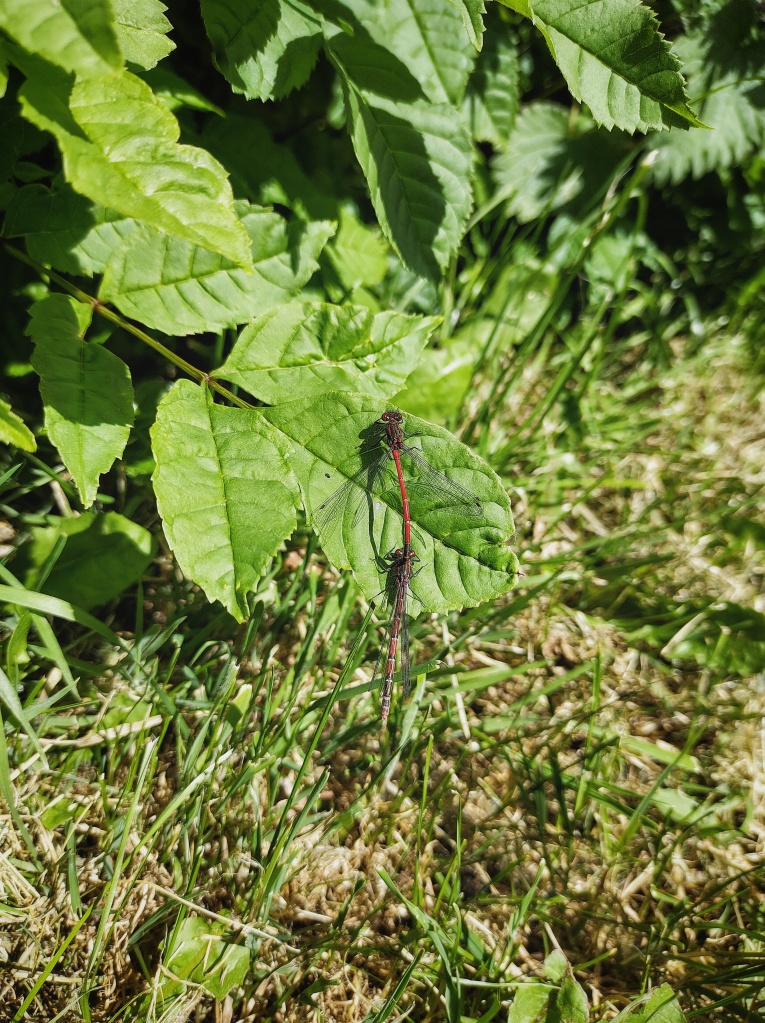
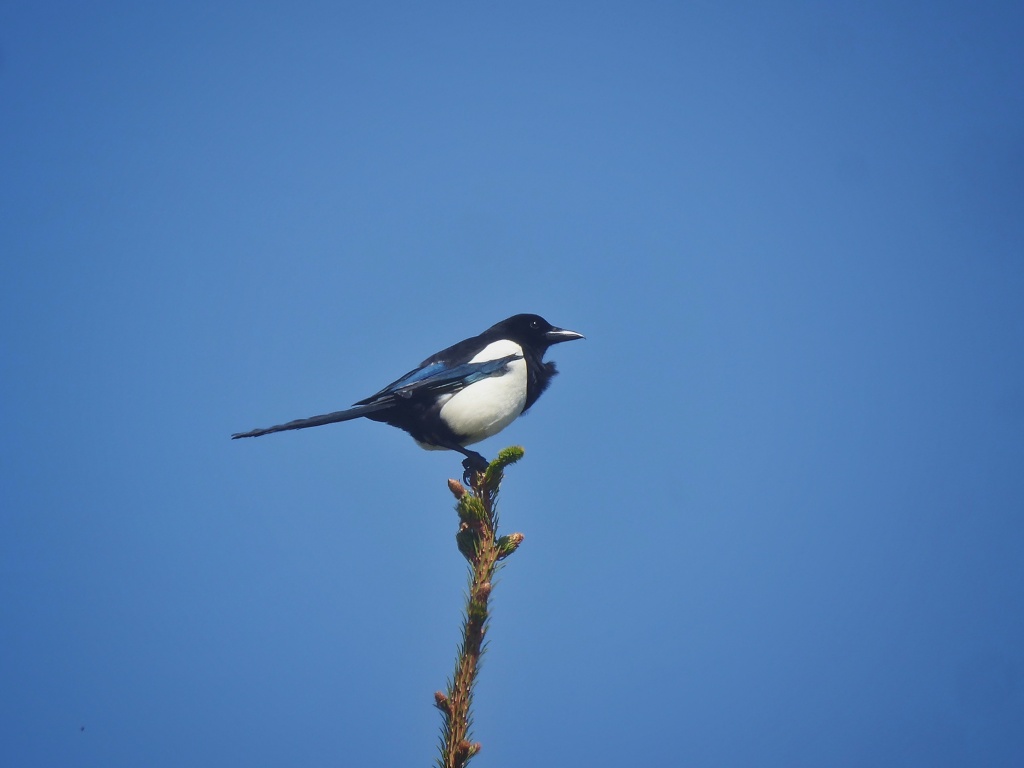
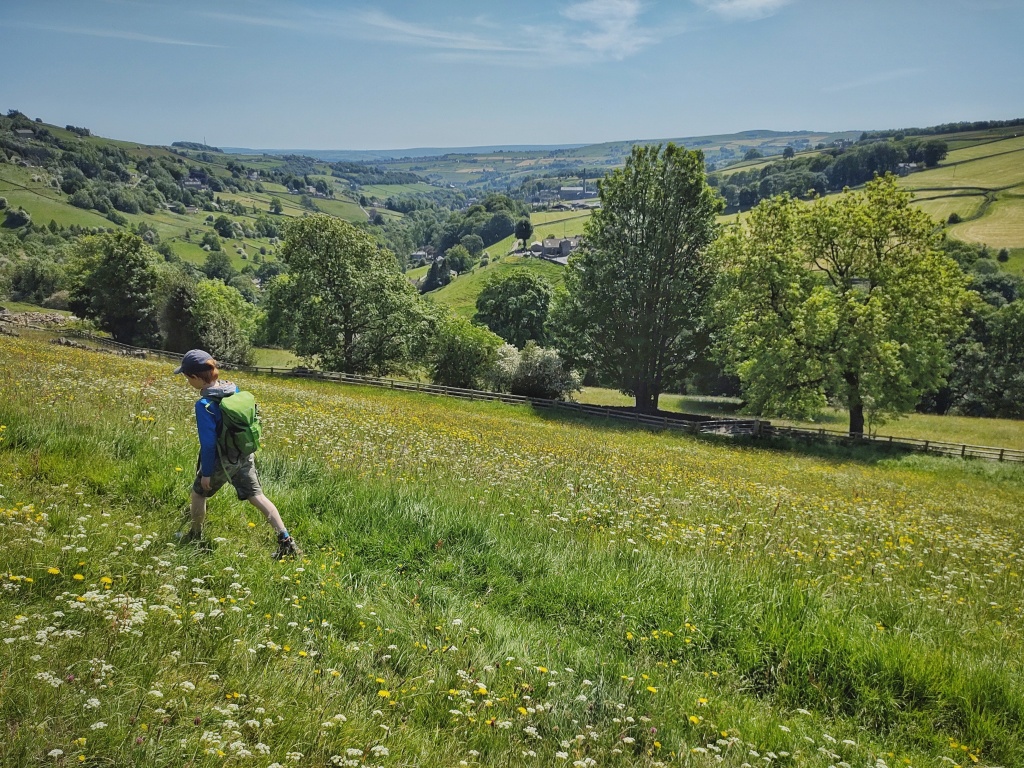
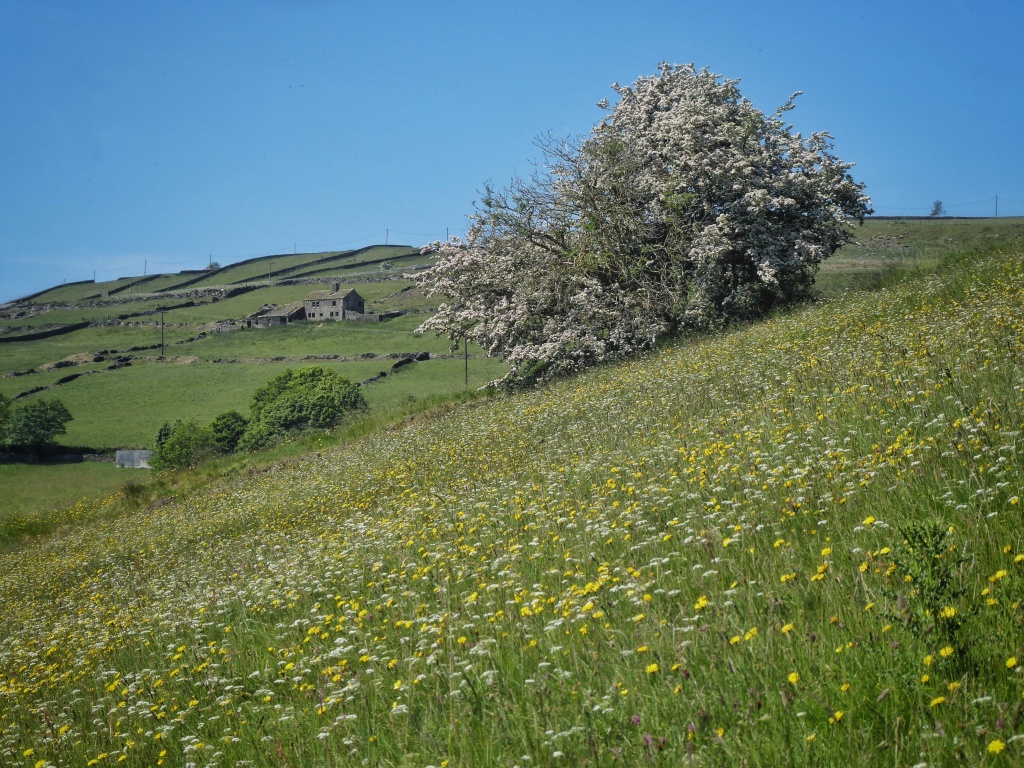
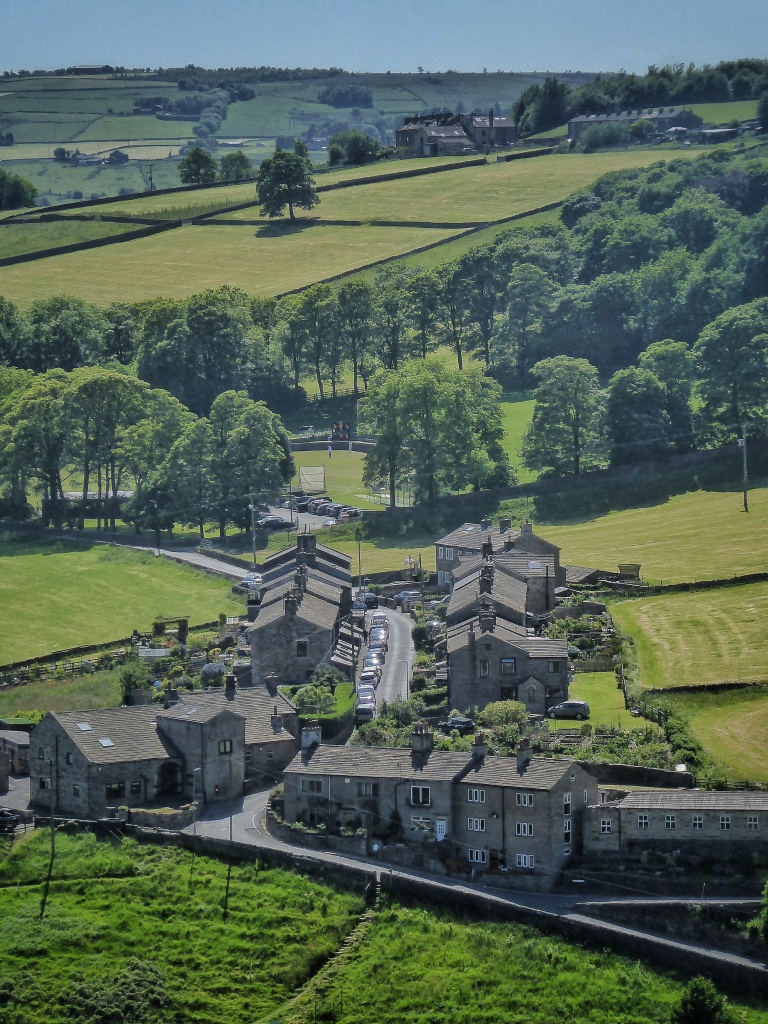
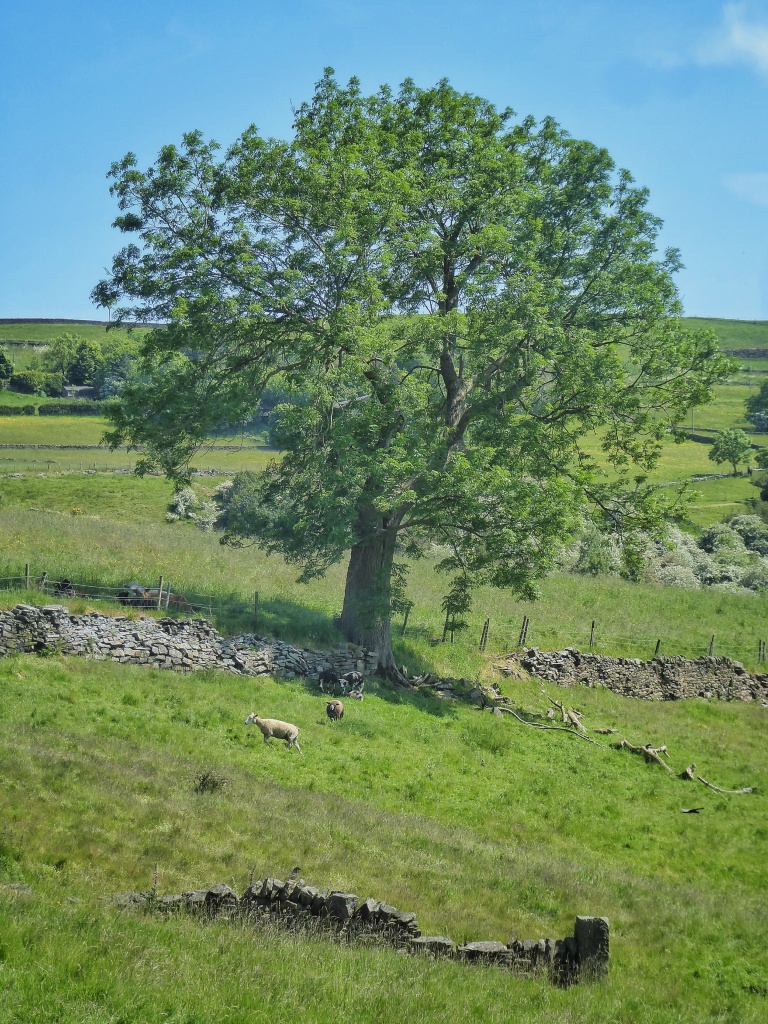
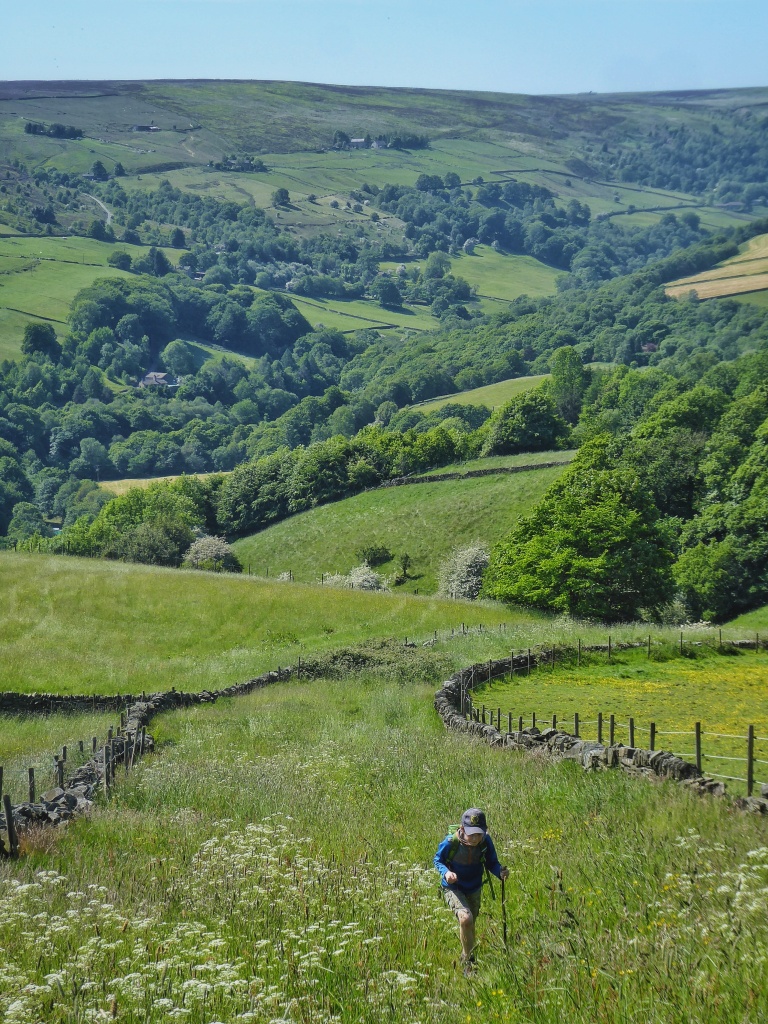

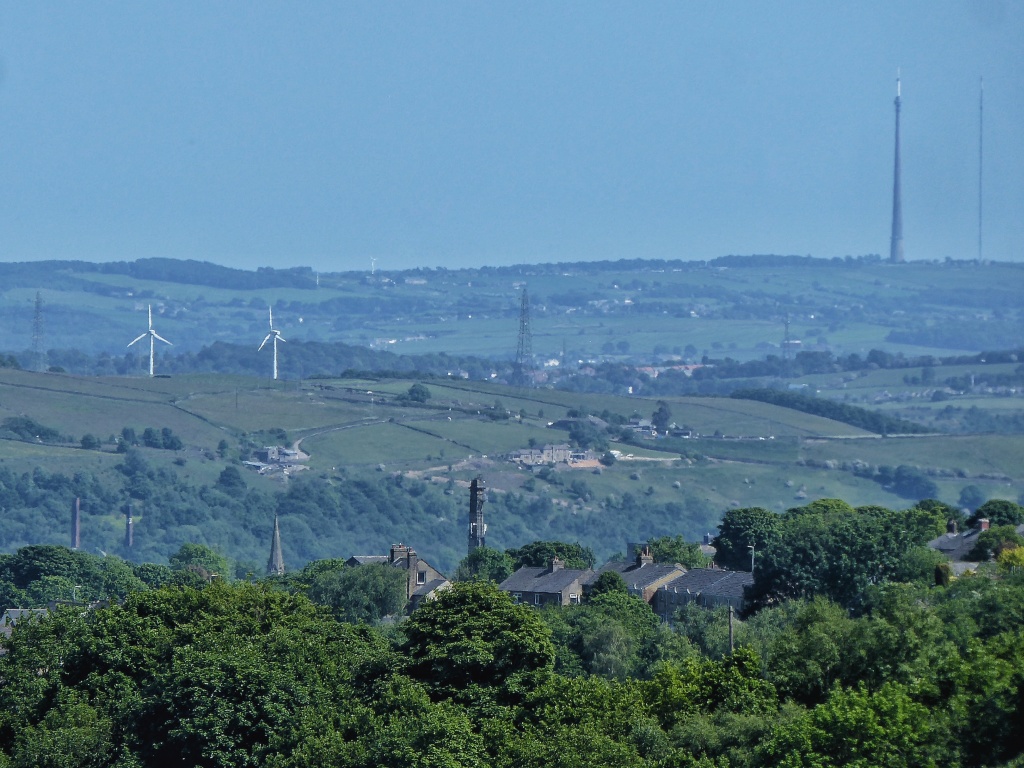
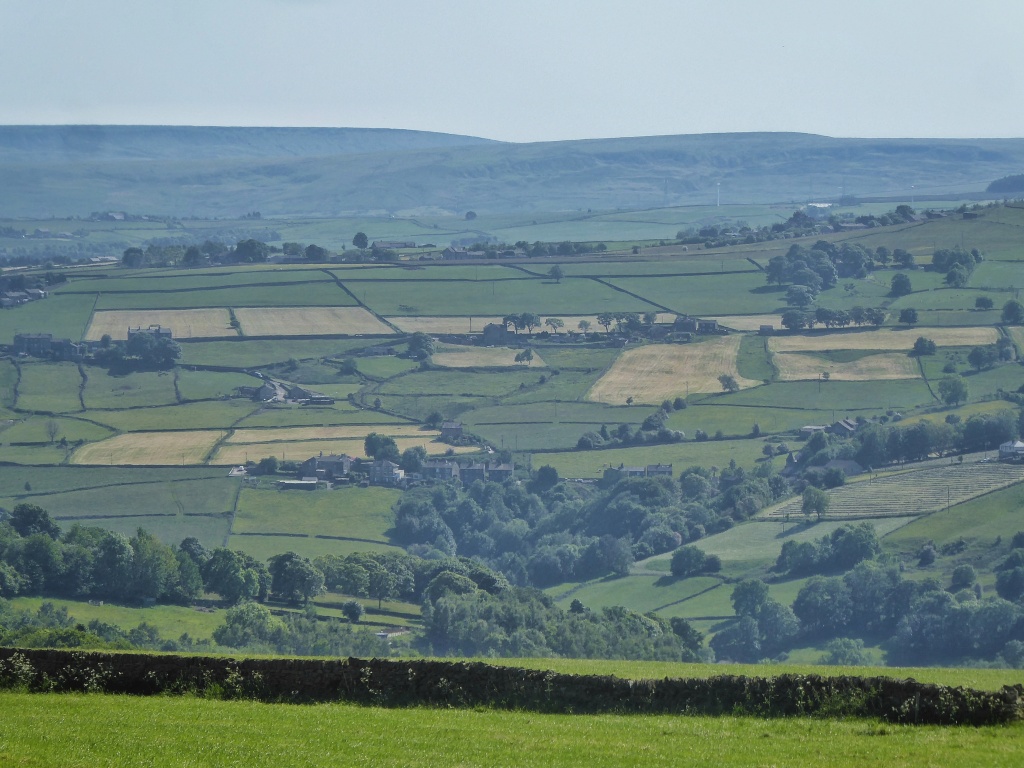
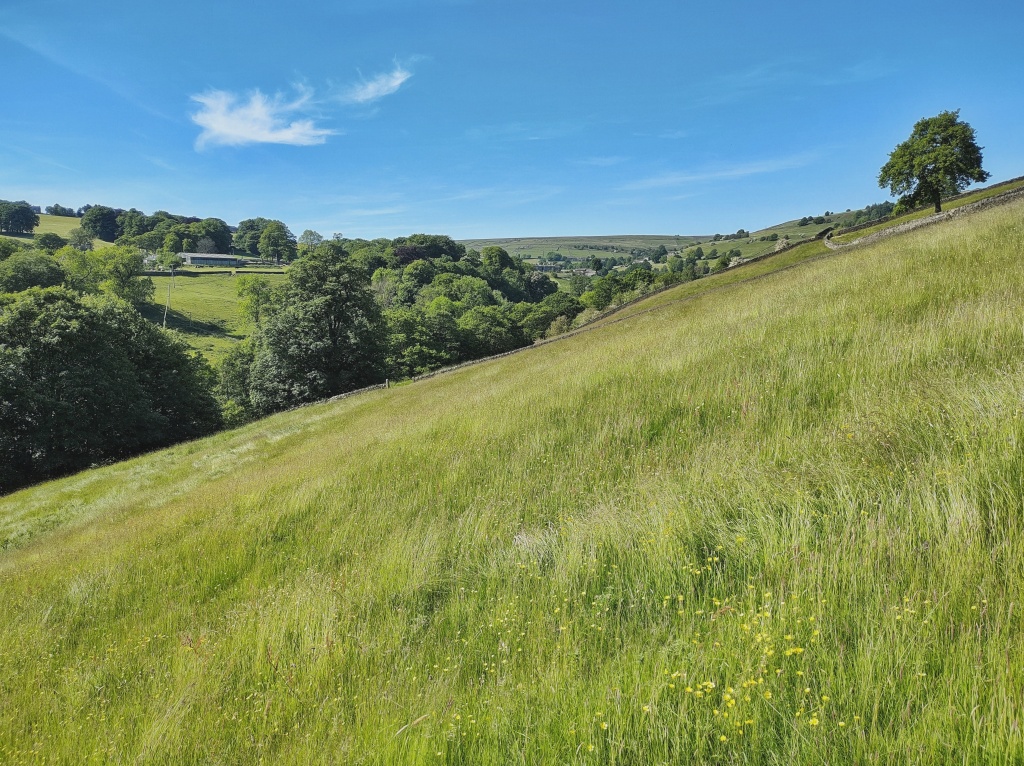
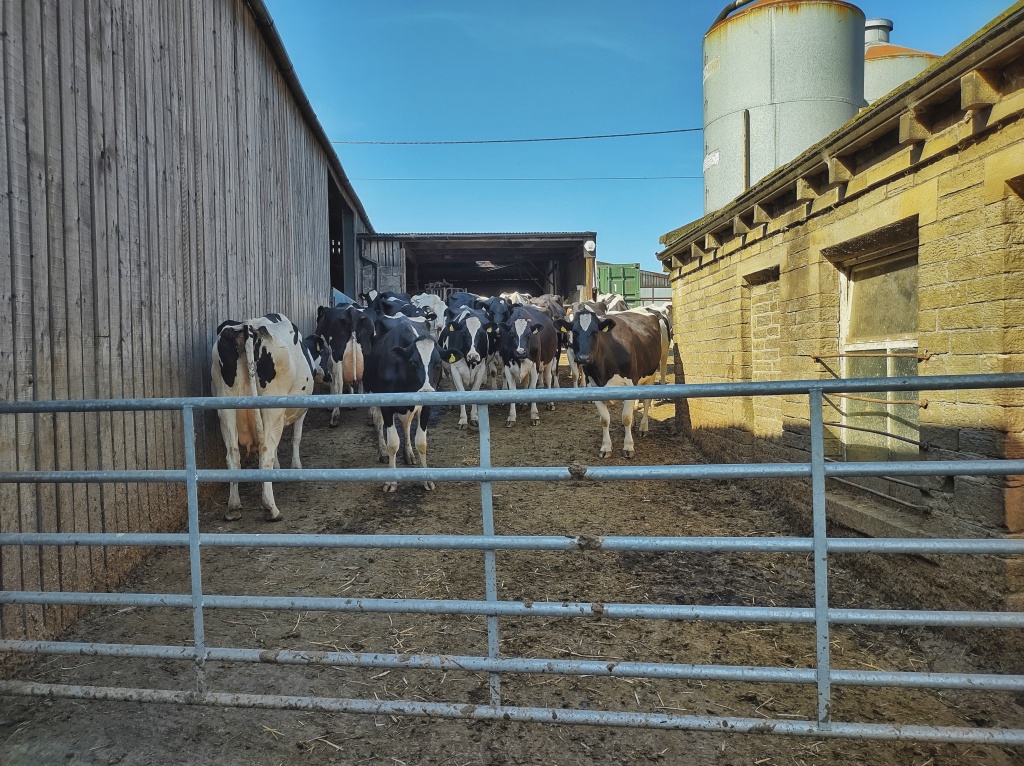
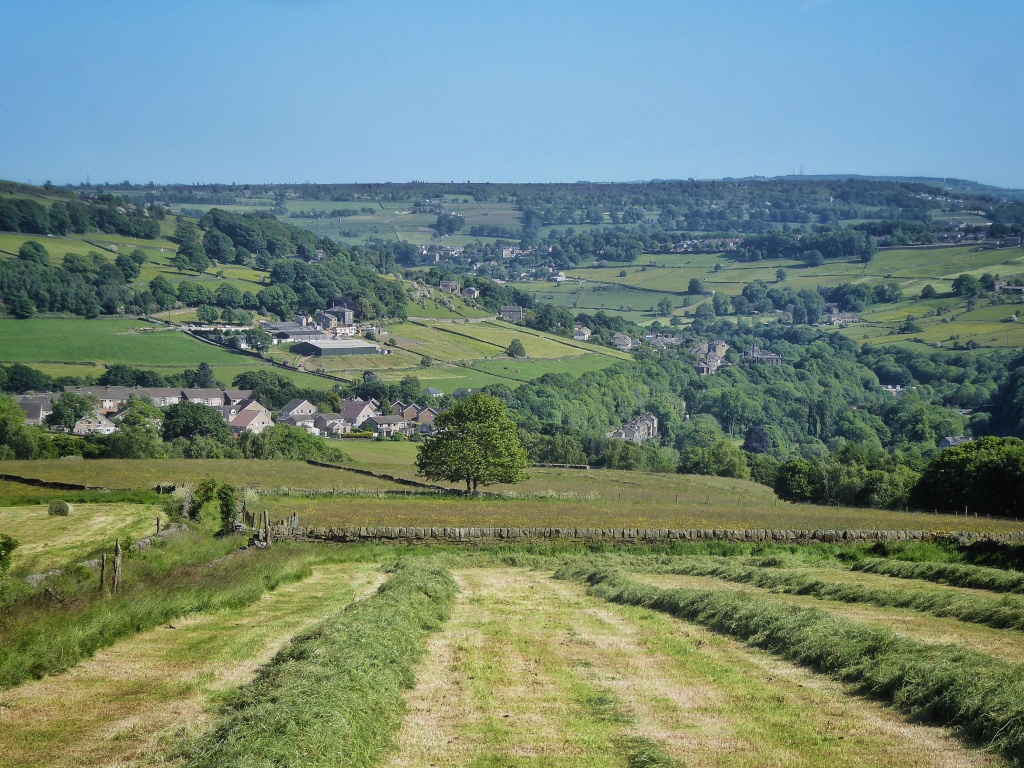
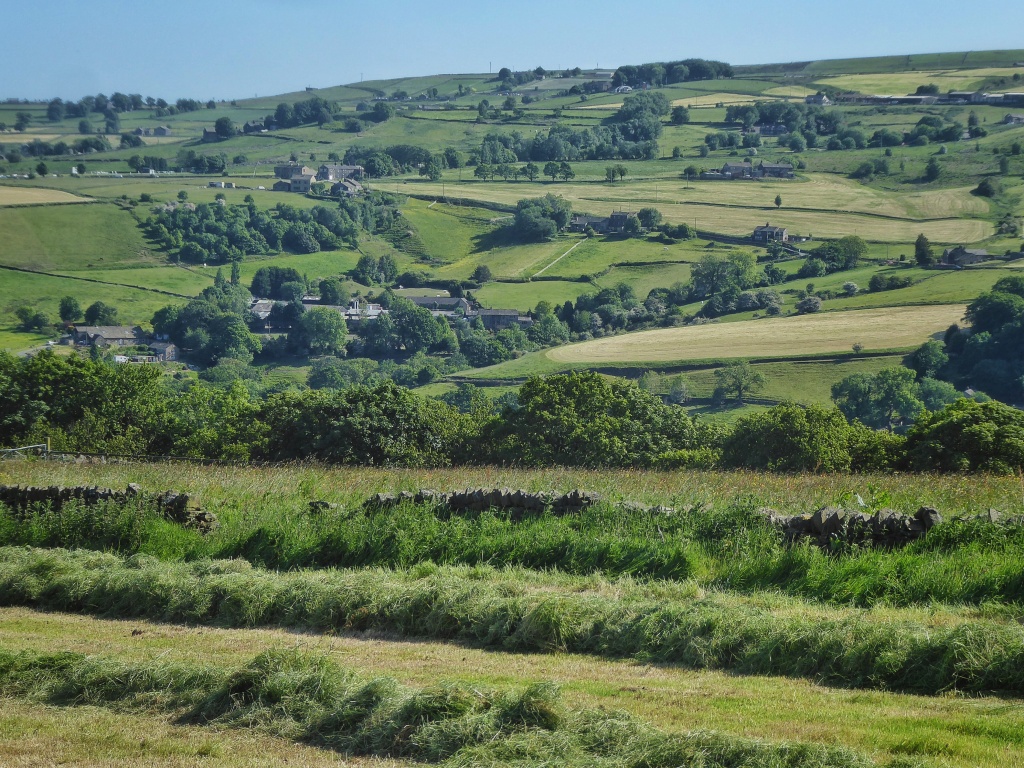


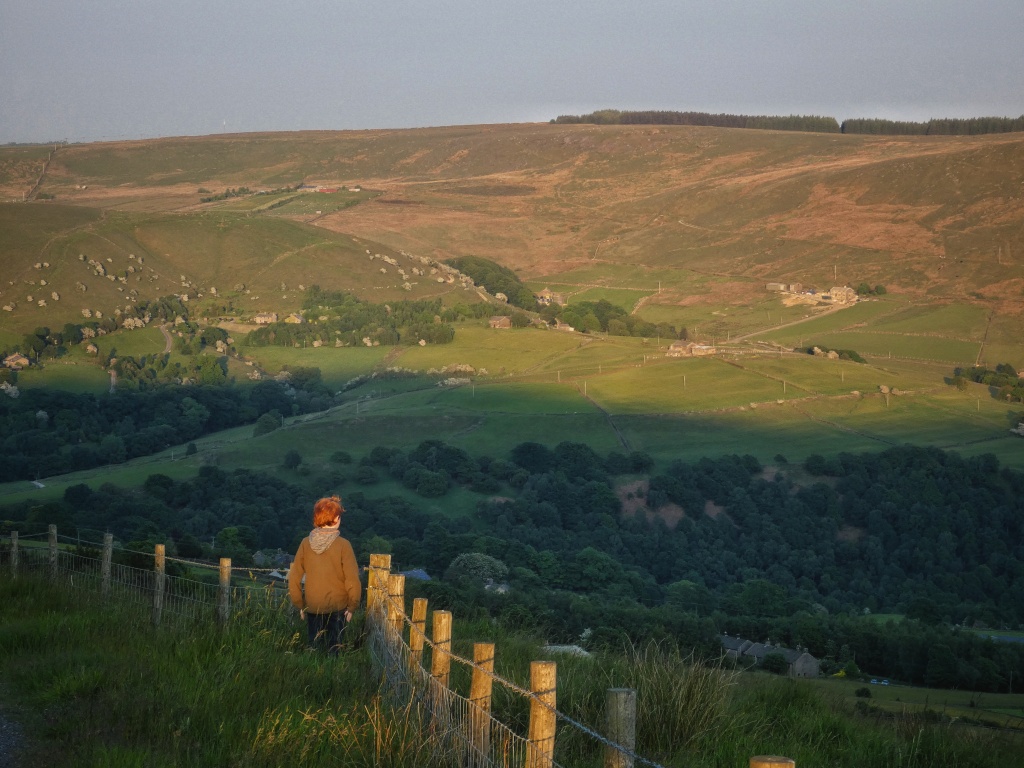
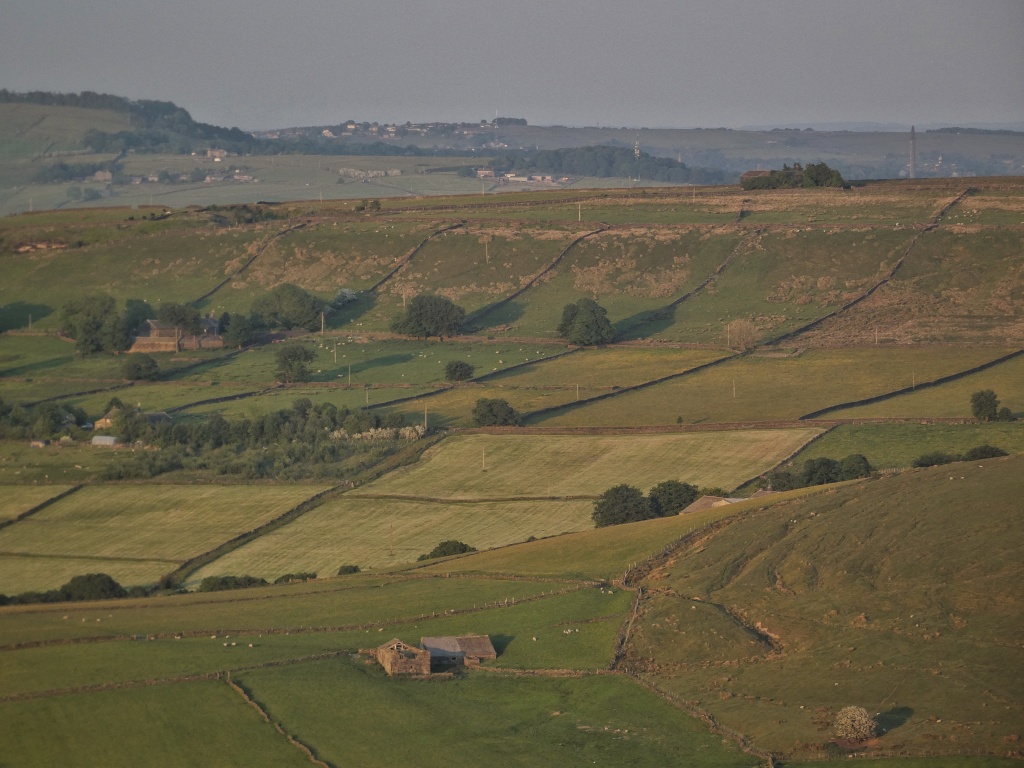
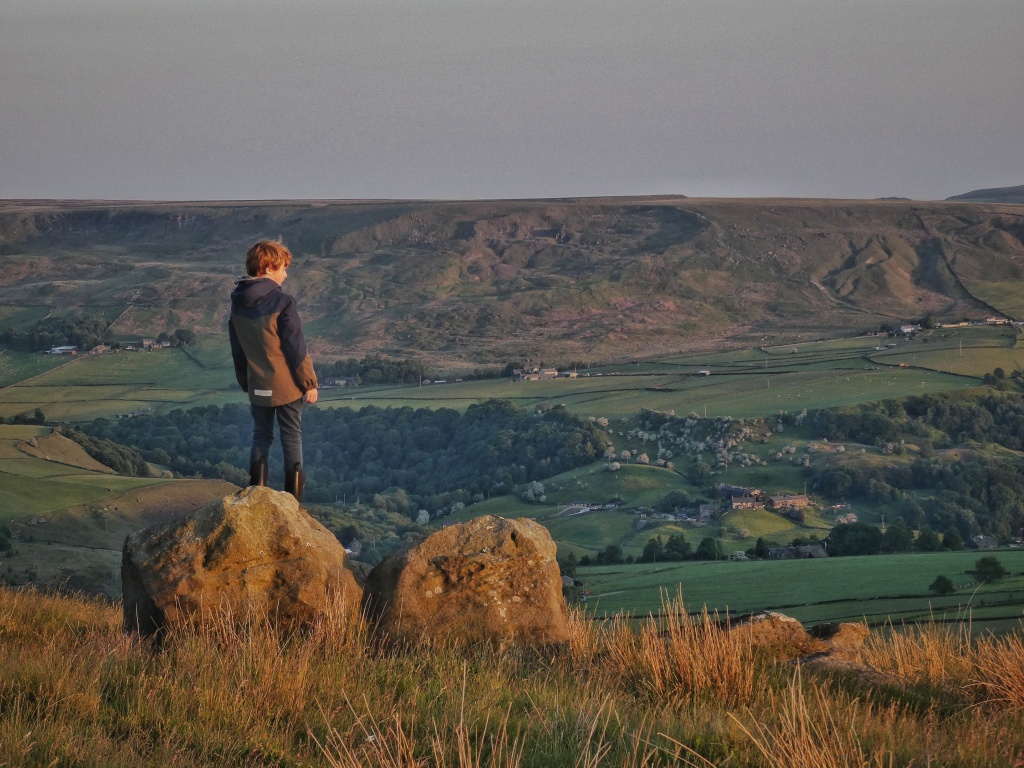
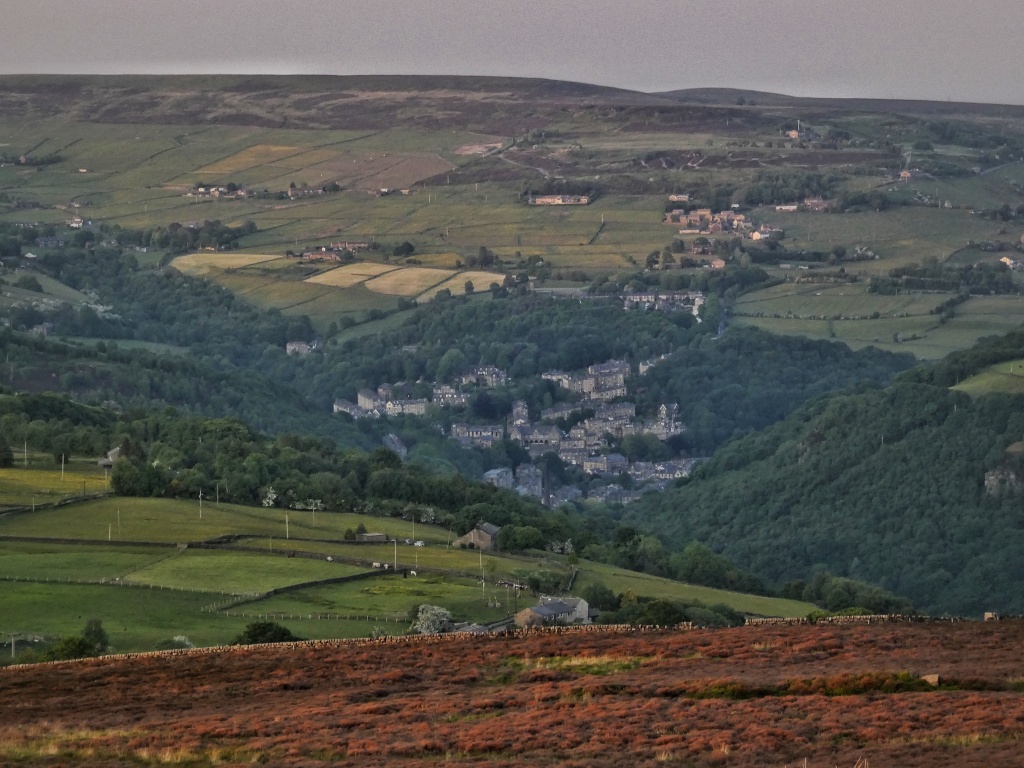


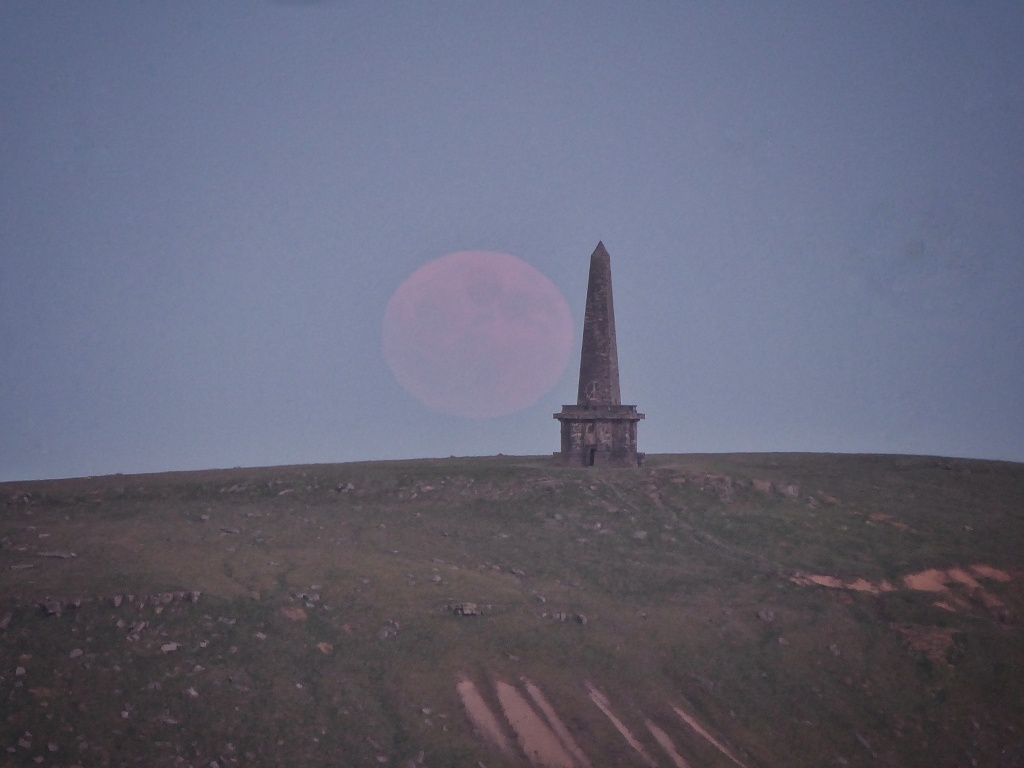

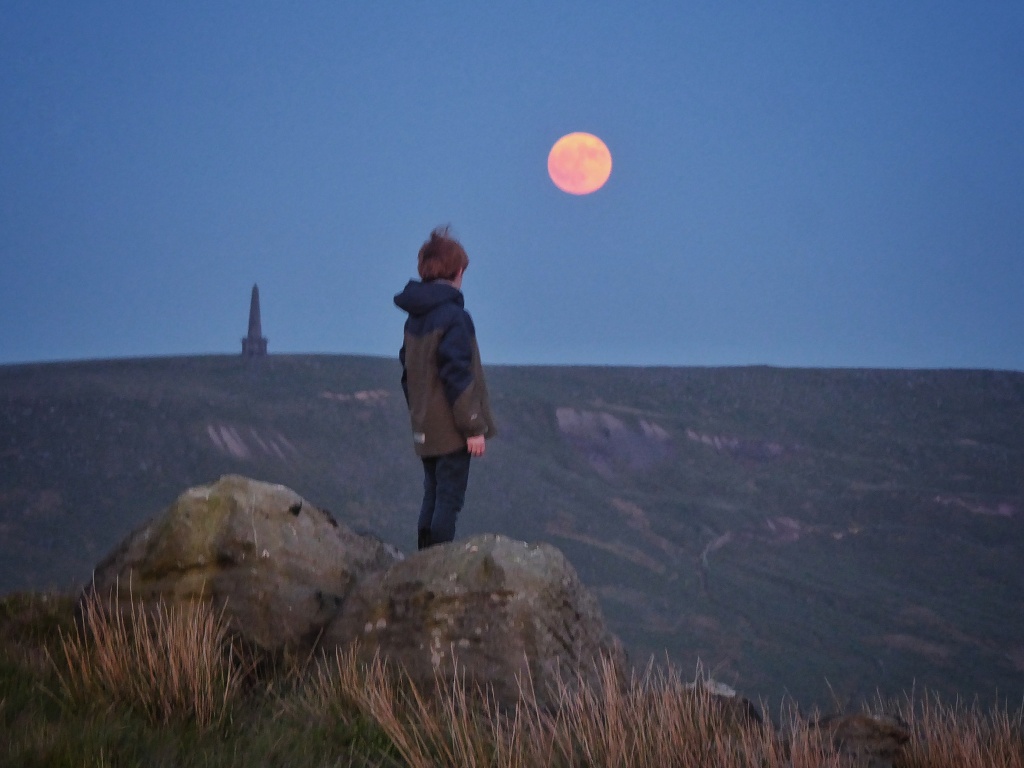

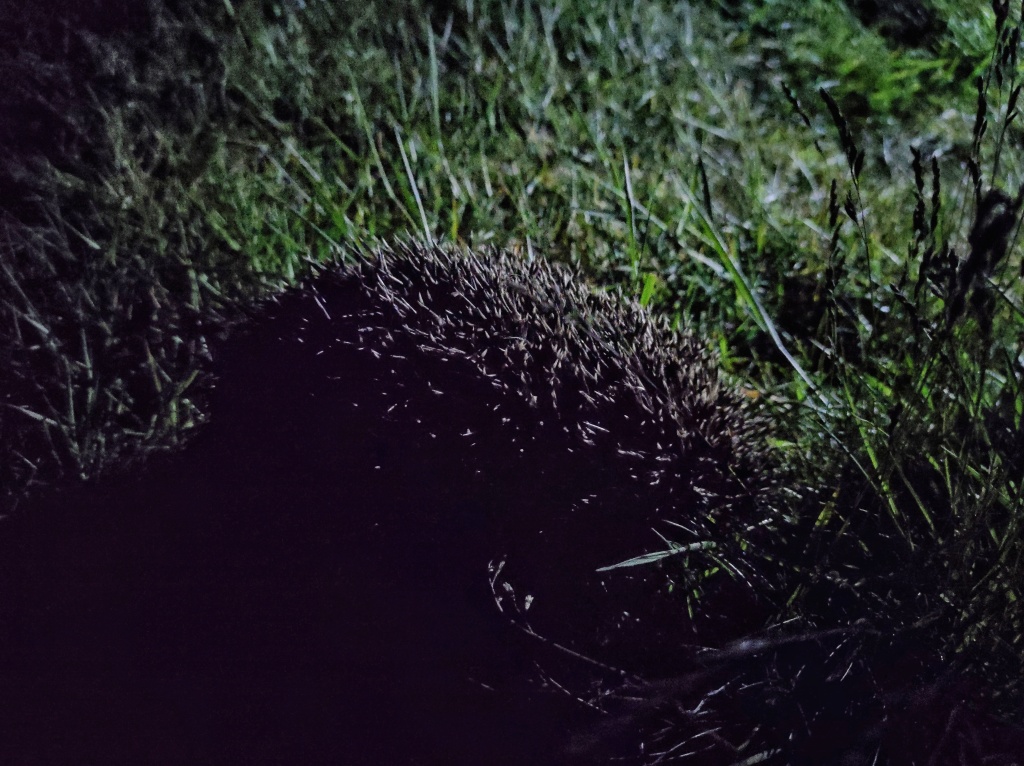
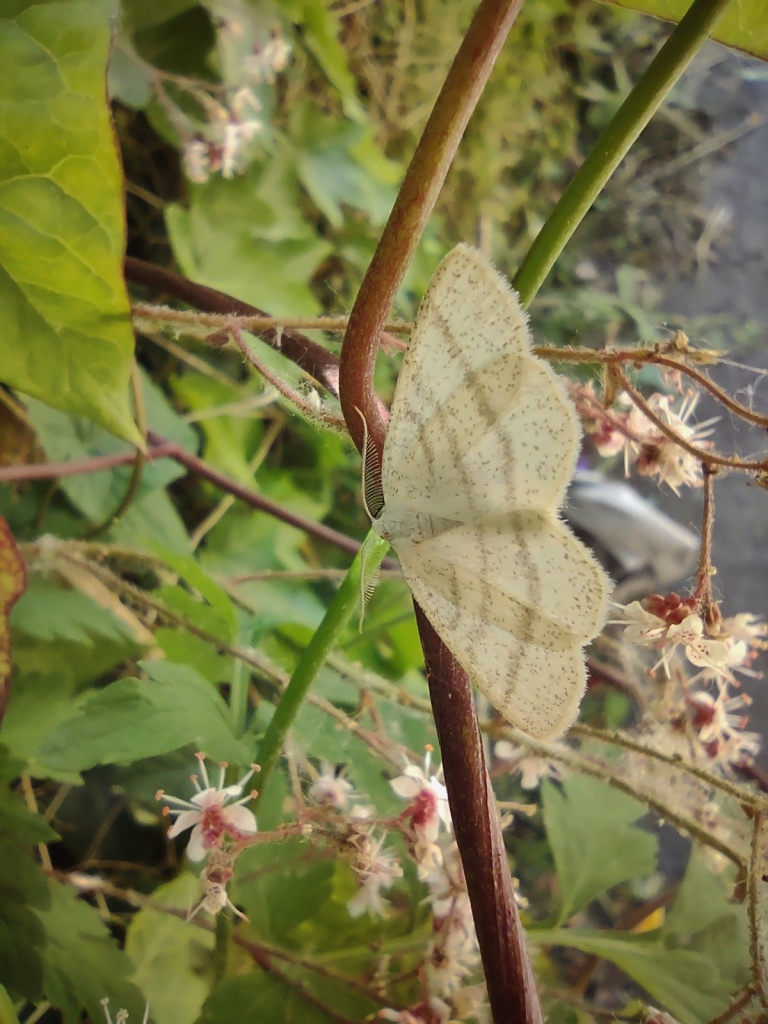
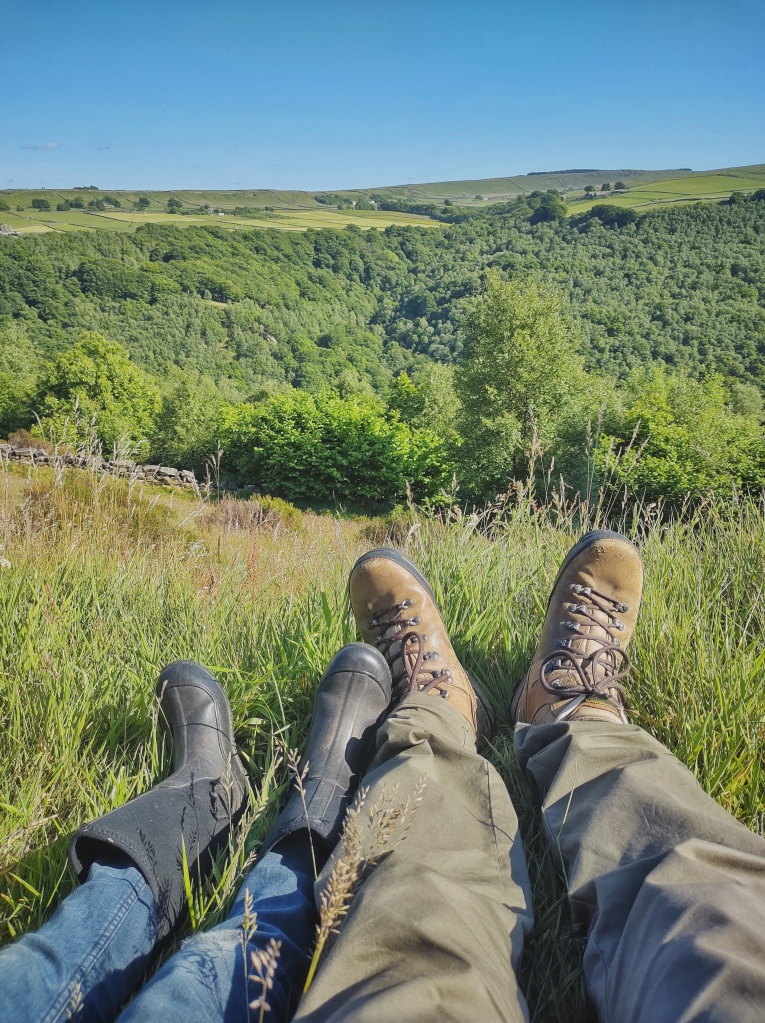
Great writing Paul! Are you going to write a book? Please do!
I went to a workshop about Biodiversity Net Gain yesterday at Old Chamber, it seems our project might get embroiled in the Planning intricacies of this. It’s v interesting and going to be yet another challenge for farmers, although potentially lucrative. Food production wasn’t mentioned so it’s another issue like rewilding – possibly good outcomes for the environment but what are we going to eat??? Processed gunk from factories and intensive veg.
I had a conversation with a v nice chap the other day along these lines and was told categorically that getting our food from factories was a better idea than from farming as “factories are better for the environment”. He’s read George Monbiot’s Regenesis of course.
All the best
Sue
Sent from my iPhone
LikeLike
Thank you for the encouragement, Sue! As an academic in the philosophy department, I worked for years on the issues with the economic approach to nature, of which biodiversity net gain (BNG) is the latest iteration. My colleagues and I had significant reservations about it, which are nicely summarised in this debate that my former PhD supervisor had with David Hill, the Chair of the Environment Bank, who was heavily involved in getting BNG into the new Environment Act: https://youtu.be/s6eXyoRNpCU
LikeLike
Thanks Paul, this looks v interesting!
Sent from my iPhone
LikeLike